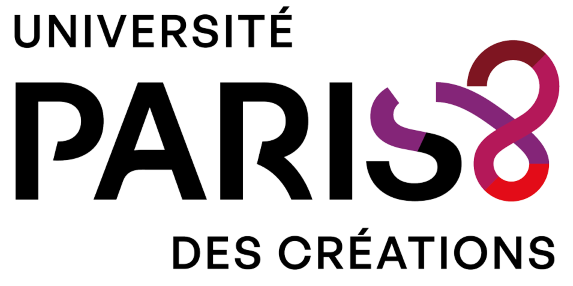Quelques contributions à l'extraction, l'enrichissement des connaissances et à la prédiction de données spatio-temporelles massives
Résumé
Faced with a deluge of data, the usual knowledge extraction tasks that we experienced ten last years are taking new conceptual, technological, methodological and applicative directions.
In other words, it is possible, for example, to collect a variety of information on data sources, patterns of use or user behaviors that are manifested through emotion, opinions, location, etc. The leading research theme that structures my work is the modeling of the forecasting of events in the future based on big data observed in the past. We suppose that the purpose of this deluge of data is not only to store them but to be able to select the most relevant ones, to extract semantic relationships, to deduce correlations, causal relationships or to increase certain data. The goal is to continuously enrich prediction with collective, open, general and/or specific knowledge.
When heterogeneous data are available (mixture of texts and images), the problem of feature construction is defined differently from standard approaches. First it arises some questions as how to determine the significant objects in an image and how to use textual annotations as a part of contextual source of meaningful data for the image. It is with a hybrid approach of semantic web and image analysis that we propose to resolve these issues related to semantic image retrieval based on textual/visual queries or semantic image indexing. The semantic web has indeed contributed to establishing its models of knowledge representation with ontologies and to be able to formalize the relations that could exist between the signifying objects of the image augmented by the knowledge extracted from the associated annotations.
Then the questions of the volume and temporality of the data are raised. To answer these questions, our methods of parallelization of the construction process bring more modularity and contribute to the reduction of calculation time, particularly in the context of satellite images and the monitoring of geoclimatic changes or changes in urbanization. For these contexts, the processing algorithms are completely independent of data storage and access solutions, using mainly the Spark ecosystem.
Finally, we present our work that deals with forecasting problem in the context of big and temporal data. Special attention is given to these data with respect to the ongoing verification of their consistency before the analysis phase. This is an additional step that we propose earlier in the analysis leading to maintain an interpretable forecasting performance over time
| Origine | Fichiers produits par l'(les) auteur(s) |
|---|---|
| Licence |
Domaine public
|
